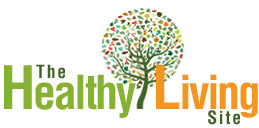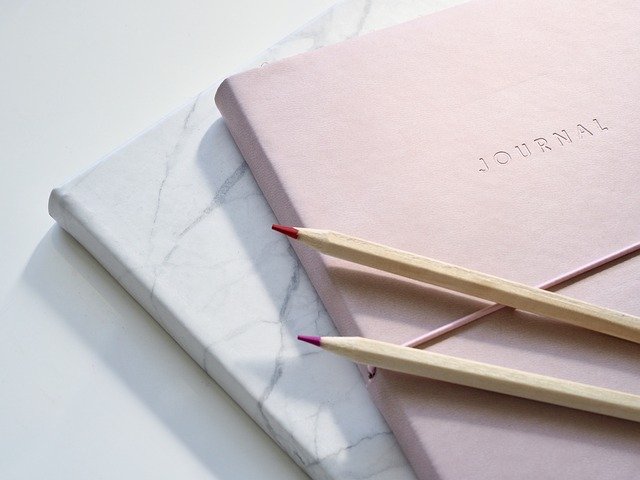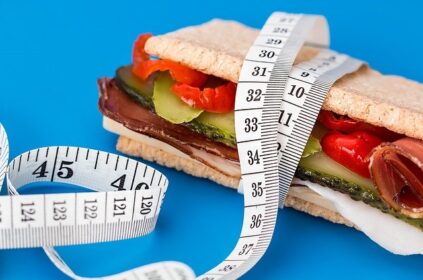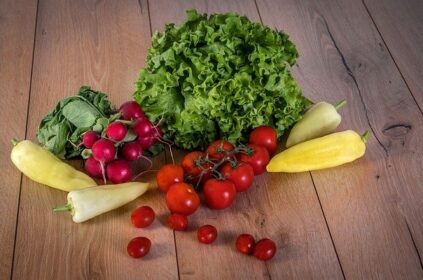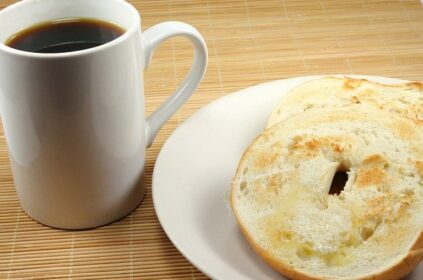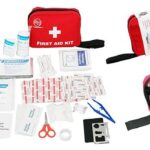You can’t out-exercise a bad diet. That’s a saying that many should take to heart, but it’s definitely easier said than done. Most people would agree that spending a little bit of time working out each day is a lot simpler than tracking what you eat around the clock, but the latter is extremely important to reaching your body goals. So, how should you go about it?
Paper Journal
The old-fashioned way of doing things involves paper and a pen. In other words, either buy a journal where you will commit to writing down everything you eat, in addition to its total calories, or print out a calorie-tracking sheet so that you can do the same quickly. Always track before you eat or right after you eat so you don’t forget anything. That’s also important for knowing where you stand throughout the day.
Online Log
Plenty of websites exist to help you log your food very quickly. MyFitnessPal and LoseIt are two of the most popular. Use them on your desktop or download the app and you can scan the barcode of a product to instantly add it to your diary. You can also use their extensive search interfaces in order to find just about any other food, whether it comes from the shelf or from the restaurant.
Tips for Tracking
No matter which method you choose, the key point is that you’re tracking just how much you’re eating everyday and ensuring that nothing slips by. The primary reason why people give up because they think they aren’t losing weight all links back to their insufficient calorie counting. If you’re really serious about losing weight and/or gaining muscle, you need to do more than eyeball your servings. Read the nutrition labels and measure things out to be sure you’re on track.
Oftentimes, tracking your food in itself can lead to healthier eating habits simply because it will make you realize just how much and how often you’re eating, especially if you’re doing things right and tracking as soon as you eat (or, even better, right before). When you track before you take the first bite, you also give yourself a second to appreciate how much you have eaten and maybe even have a second thought about that second serving.
